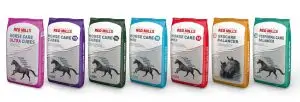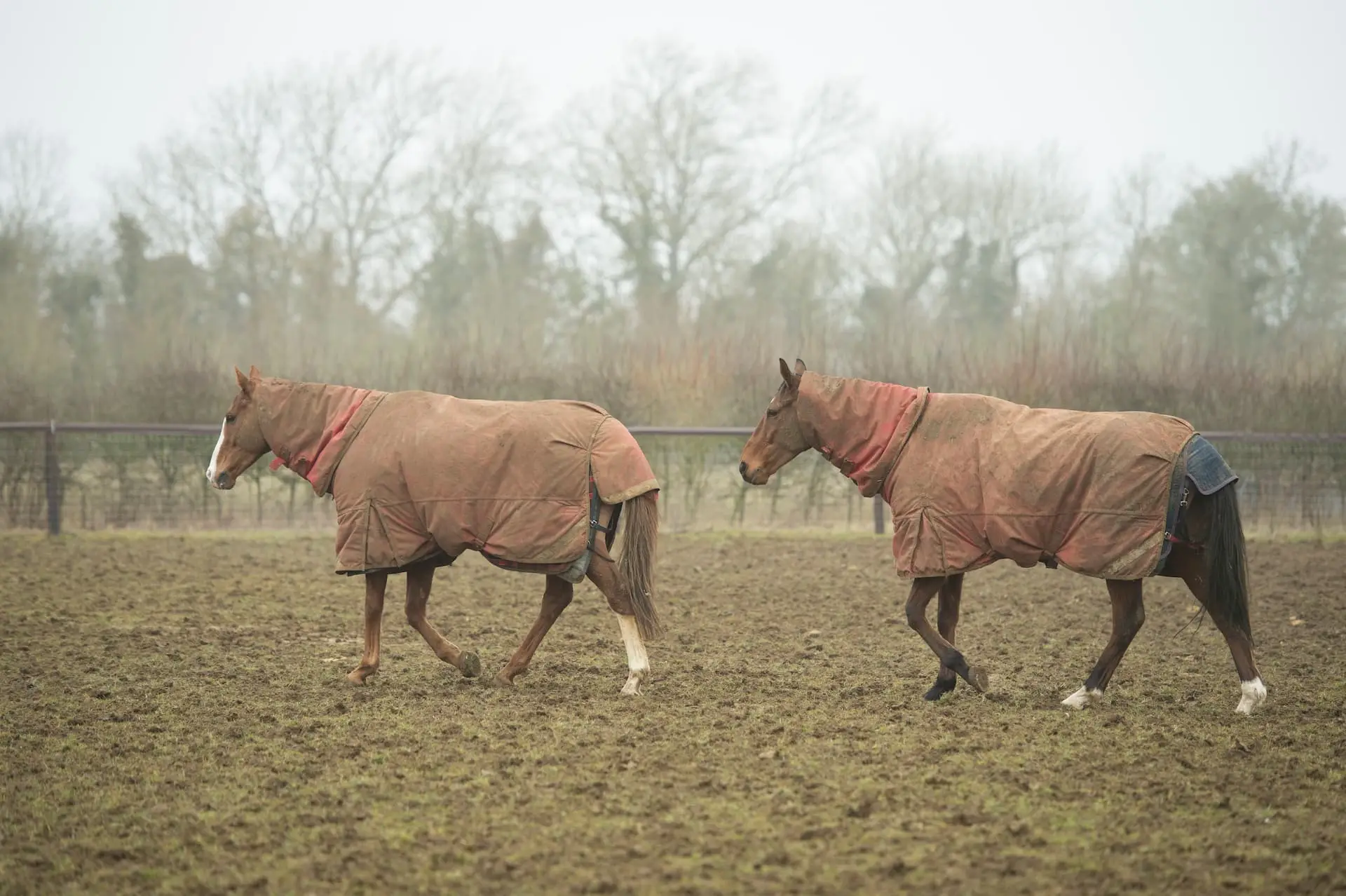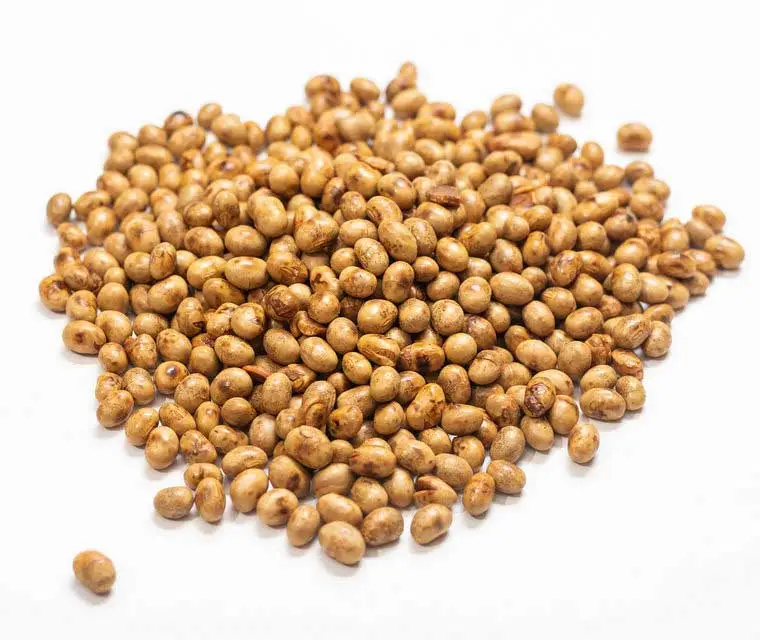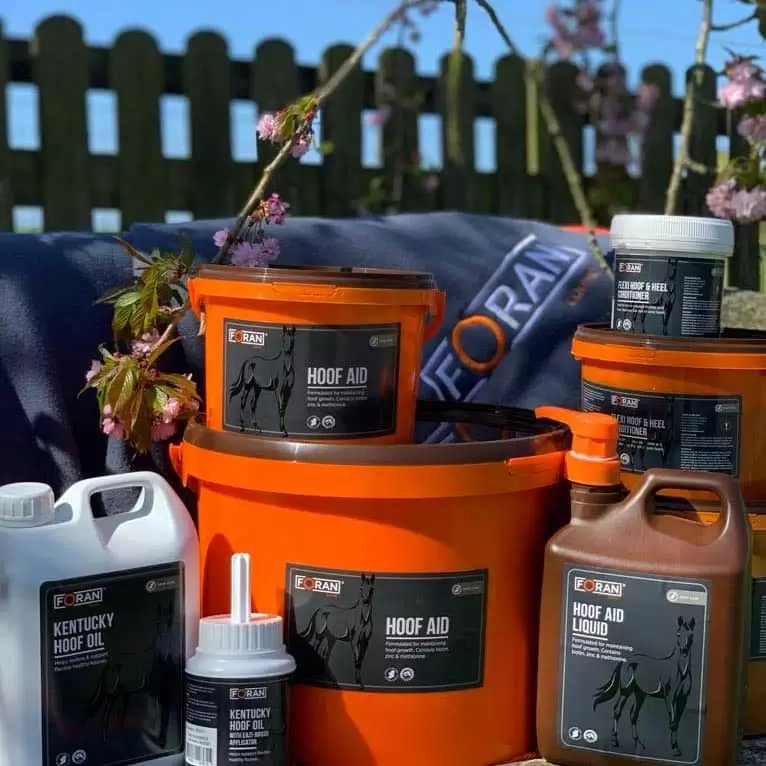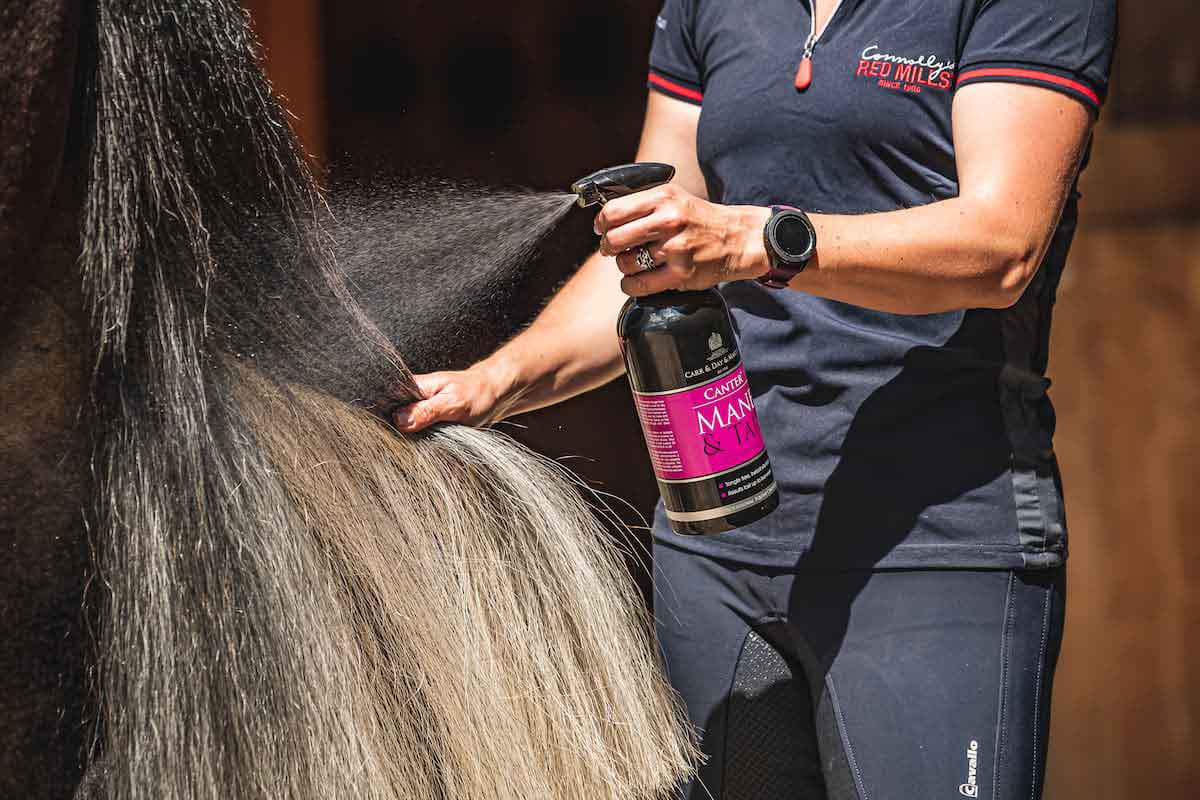Forage is the most important part of your horse’s diet, whether it is fresh (i.e. grass) or preserved (i.e. haylage or hay) it’s essential that your horse receives adequate levels in their diet. This not only provides them with an important source of nutrients, but it is also essential to keep their digestive system functioning effectively and promotes psychological well-being. Lack of forage in the diet can lead to multiple issues including gastric ulcers, colic, loose droppings and stereotypic behaviours. So, your choice of forage should be the most important feed purchase you make. Understanding the nutritional value and role of forage in the horse’s diet will help you make the best choice for your horse.

Why is forage important and how much should you feed?
Nutrients
The horse is a hindgut fermenter; meaning that fibre is gradually fermented in the large intestine or hindgut. This results in the production of volatile fatty acids, which provides the horse with an important source of ‘slow release’ energy. Forage also contains protein, vitamins and minerals. It is also essential for the production of B-vitamins by microbes in the hindgut and plays an important role in hydration by acting as a fluid reservoir, holding water and electrolytes in the gut.
The level of nutrients provided can vary greatly and will depend on factors such as, whether it is fresh or conserved forage, the maturity and species of the grass it contains, pasture fertilization/ management, underlying geology of the soil and, in the case of conserved forage, the length of time it is stored. The only way to accurately determine the nutrient content in forage is to take samples and get them analysed by a forage testing laboratory. Our nutrition team do this on a regular basis and as a result, we know that even the best forage will not provide adequate levels of several essential minerals. In addition, when grass is cut and turned into hay or haylage the majority of vitamins are lost.
As forage cannot be relied upon to meet your horse’s micronutrient requirements, it is essential that your horse receives a fully fortified hard feed or multivitamin and mineral supplement, even if they are maintaining weight well on a forage only diet. Thankfully, Connolly’s RED MILLS and Foran Equine have a wide range of feeds and supplements, so whether you have a racehorse, a competition pony, a good-doer or a foal we can help you to ensure that they receive a fully balanced diet.
For more information on the Nutritional Value of Forage, read this.
Digestive Health
Adequate forage is important for the health of the entire digestive system. If the horse does not receive an adequate supply of forage, it can have detrimental effects on their health and this can lead to the development of gastric ulcers, loose droppings or colic.
Starting in the mouth, the significant amount of chewing required when a horse consumes forage helps to ensure even wear on teeth. The greater amount of chewing needed to consume forage compared to concentrate also results in a larger amount of saliva production. This is important as saliva contains bicarbonate ions, which acts to neutralise the acidity of gastric juices, even as little as 3-4 hours without forage will result in a significant increase in stomach acid. Feeding plenty of forage is one of the most important things you can do to help protect the sensitive areas of the stomach from Developing Gastric Ulcers. In addition, forage in the stomach creates a matt on top of the stomach acid, forming a natural barrier between the acid and the sensitive squamous mucosa.
Finally, forage plays a major role in hindgut health. Adequate forage intake is essential for gut fill and to maintain the normal movement of the hindgut. This in turn prevents the intestines from twisting and looping over each other in a severe case of colic. In addition, a healthy microbial population in the hindgut dependents on having lots of fibre available for fermentation. When forage intake is limited, the pH of the hindgut is altered creating an acidic environment. Consequently, beneficial fermenting microflora die, nutrient absorption is reduced and there is an increased risk of digestive problems.


Mental Health
Psychologically, the horse has a natural drive and need to steadily chew throughout most of the day, which is known as ‘trickle feeding’. In their natural environment, the horse will typically eat for around 15-17 hours per day. However, if there is no food available, the horse will express their normal foraging behaviour by redirect this urge towards less appropriate materials such as straw bedding or stable doors. Not only does this increase the risk of certain types of colic, it can also result in the development of abnormal behaviours such as crib-biting, wind sucking or weaving.
Preferably, forage should be offered on a ‘free-choice’ basis, allowing your horse access to roughage as required. When provided ad lib most horses will consume around 2–2.5% of bodyweight per day as forage on a dry matter basis; for a 500kg horse, this equates to 10-12.5kg of forage (dry matter) per day. However, higher intakes have been shown in horses at grass, which may explain why they often seem to gain weight so quickly during the spring and summer!
Depending on how much work you do with your horse some of their forage may need to be replaced with a suitable concentrate feed. On the other hand, for ‘good doers’ it may be necessary to slightly restrict forage intake, but this should never be to less than 1.5% of bodyweight (dry matter), unless under veterinary supervision, as doing so increases the risk of digestive and behavioural issues.
If your horse is living out it can be difficult to assess how much grass they are eating. A good tip is to monitor the number of droppings your horse does each day. If you notice a significant reduction in the amount this generally indicates that there has been a reduction in their forage intake. In these situations, you should provide supplementary hay/ haylage in the field. For horses that are stabled for part of the time (e.g. overnight) a rough guide is to provide no less than half their forage ration in the form of hay or haylage. Ideally, the aim should be to ensure that they still have a little forage left when you go back the following morning.

Grass is the horse’s natural feed and can be full of goodness. However, some horses, particularly native breeds, may be prone to gaining too much weight if pasture intake is unrestricted. In addition, grass can be very high in water-soluble carbohydrates (WSC’s), which can increase the risk of problems such as laminitis. However, even the best grazing will not provide optimal levels of all essential minerals. To give you an example, a horses at pasture with no supplementary feed is likely to be deficient in copper and zinc and this may result in poor coat or hoof condition or inadequate bone development.
Read more on will grass provide my horse with a balanced diet?
Hay is dried grass, which has been cut in the summer, baled and stored. Late-cut, meadow hay tends to have a low nutritional value and is therefore more likely to be suitable for good-doers. On the other hand, early-cut, ryegrass hay has a higher nutritional value and is often ideal for horses in higher levels of work, or poor-doers.
Haylage is semi-dried grass that has been ‘semi-pickled’ by wrapping it in plastic bales. It’s perfect for horses in hard work, fussy eaters or those prone to respiratory problems as it tends to be more palatable, have a higher nutritional value and is less dusty than hay. However, haylage can go off once it is exposed to the air so it must be used within a few days once opened (approx. 6-10 days, or less in hot weather). If you notice the wrapping has been accidently torn or the haylage is warm, mouldy, smells of vinegar, do not feed it as it could make your horse ill. Another important point to note is that haylage tends to contain more water than hay, so effectively this means that you need to feed it in higher volumes to meet your horse’s fibre requirements. As a rule of thumb, we suggest feeding haylage at a rate of 1¼ times more than hay.
Special Concerns
Obesity, Laminitis and Equine Metabolic Syndrome
If your horse is a ‘good-doer, prone to laminitis, insulin resistance or Equine Metabolic Syndrome the forage portion of their diet needs to be managed carefully. Both the calorie and WSC content of grazing must be considered. Access to grass may need to be restricted and turn out limited to times when the WSC content of the grass is likely to be lower. In terms of preserved forage, a late cut, low calorie hay is preferably and this can be soaked to further reducing its calorie and sugar content. In some cases it may be necessary to restrict forage intake. In these situations, the forage should be divided into several small portions, fed at frequent intervals throughout the day. Use small holed haynets and/or double netting is often a useful way to help to slow down consumption and make the hay last a little longer.
For more information on feeding horses prone to these conditions click here
Poor dentition
Poor, worn or missing teeth may mean that the horse can no longer chew forages such hay or haylage efficiently and therefore they will need to be fed a ‘forage replacer’. In these situations, we recommend that you Contact our Expert Team for individual feeding advice.
Respiratory health
Preserved forage needs to be made and stored correctly otherwise there is a risk that it will become mouldy or dusty. This can obviously damage your horse’s respiratory system and lead to issues such as Equine Asthma, previously referred to as Chronic Obstructive Pulmonary Disease (COPD) or Recurrent Airway Disorder (RAO). Moulds can also produces mycotoxins, which are highly toxic and can cause a number of gastrointestinal issues, liver damage, weight loss and poor performance. Mouldy forage should not be fed. However, if your forage is just a little dusty, then Steaming or Soaking it will help to reduce the challenge it poses to the horse’s respiratory system.
Forage makes up a large proportion of the horses’ diet and is a hugely important factor in preventing digestive and behavioural problems in the horse. Adequate forage, when fed alongside a suitable hard feed or supplement will help to ensure your horse received a fully balanced diet.
